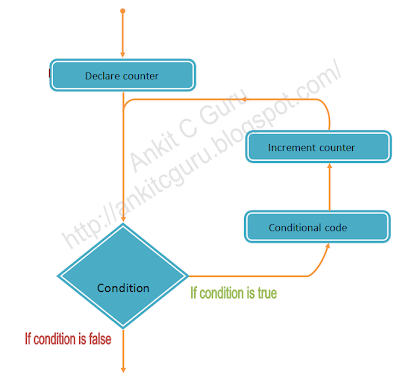2d array in c language

2D array in C# language The array which is used to represent and store data in a tabular form is called as 'two dimensional array.' Such type of array specially used to represent data in a matrix form. Syntax:- <data type><array name>[No of rows][No of columns] int a[3][3]; Initialization of 2D Array:- <data type><array name>[No of rows][No of columns] int list[3][5]={{1,2,3,4,5}{6,7,8,9,10}{11,12,13,14,15}}; Memory Allocation : Column ...
